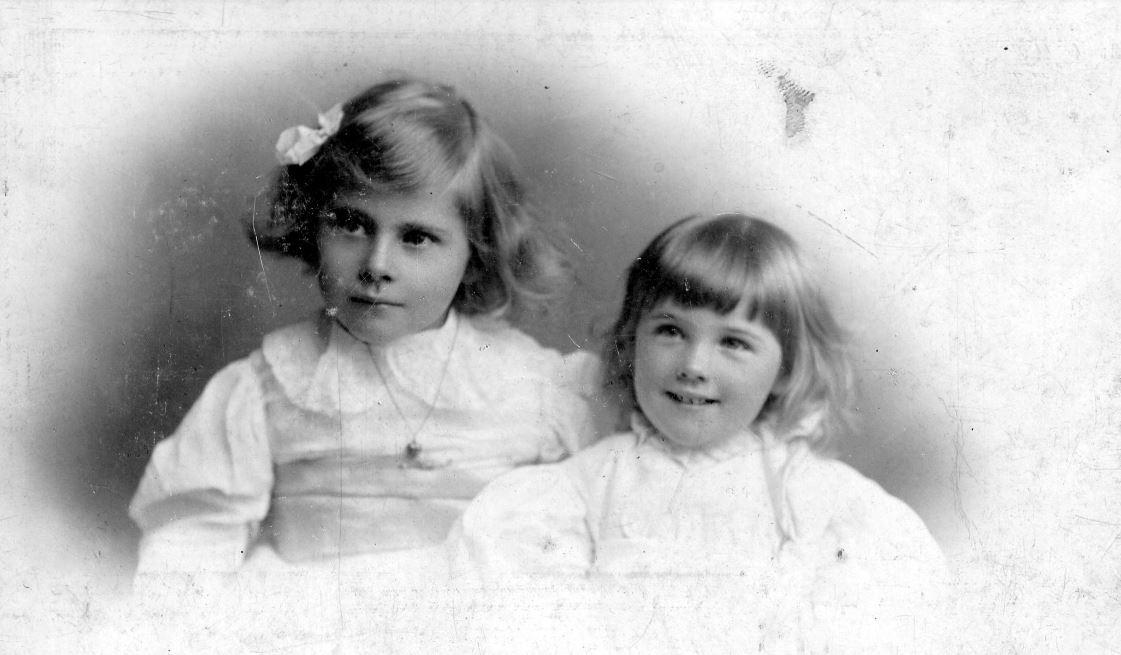
Pittville lives
Sir James Tynte Agg-Gardner (1846-1928), brewer and Conservative MP for Cheltenham, lived at Evesham House on Wellington Road for many years from 1888. read his entry in the Oxford Dictionary of National Biography and see Nick Kingsley’s account of the family here (both by permission).
Dr Grace Stewart Billings (1872-1957), Cheltenham’s first woman doctor, set up her first practice at her home at 3 Pittville Parade (now 6 Evesham Road), now commemorated by a blue plaque. read more…
Jimmy Brain (1900-71), top-scoring Arsenal forward who became manager of Cheltenham Town in 1937, lived between 1938 and 1940 at 18 Prestbury Road; read more…
Mary Jane Briggs (1811-93), celebrated principal of Vallombrosa boarding school for boys (now Homespring House) in Pittville Circus Road from 1864 until 1889, sailed on the ill-fated Lord Worsley, wrecked off New Zealand in 1861. read more…
Edith Bundy (c1819–80): a girl from Corse who came to work as a servant at No 3 Pittville Terrace (now 3 Clarence Road) in the early 1840s, leading to a life in service. read more…
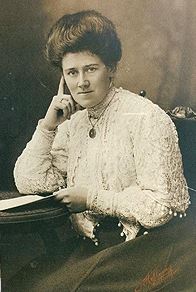
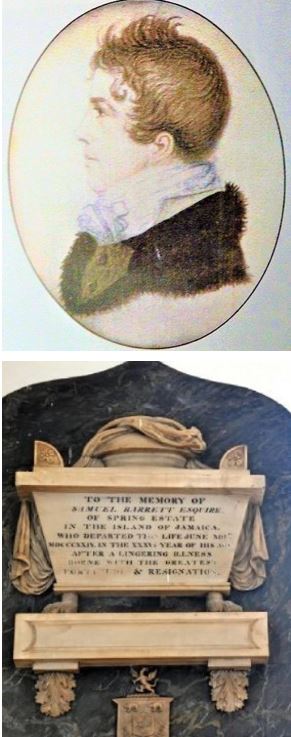
Hector Caffieri (1847–1932) was an artist famous for his landscapes and still lifes. A blue plaque commemorating his association with Pittville was unveiled in 1986 at 21 Prestbury Road. read more…
George Poulett Cameron (1805-82), an army officer with the East India Company who lived from 1878 until his death at 12 (now 67) Pittville Lawn. read his entry in the Oxford Dictionary of National Biography (by permission), and one of his books, The Romance of Military Life (1853).
Mary Champion (1809–96) lived at Malden Court, Pittville Lawn from around 1859, and led a campaign run by the Cheltenham Ladies’ Society for the Protection of Animals to provide drinking troughs for horses around Cheltenham, including one at Pittville Gate. read more…
Mary Chapman (1832-97), wife of Robert Chapman, horse-dealer to the aristocracy, and niece of the Director of the East India Company, lived at 6 Pittville Terrace (now 6 Clarence Road). read more…
The Dashwoods and the de Courcys: Captain John de Courcy married Henrietta Willoughby Barrett in St Mary’s, Cheltenham, in 1839, and their families lived in Pittville for many years afterwards. read more…
Francis Day (1829-89), military surgeon and ichthyologist, lived from 1877 at Kenilworth House, Pittville Lawn. read his entry in the Oxford Dictionary of National Biography (by permission), and dip into one of his books, The Fishes of India, Burma, and Ceylon (1876-8) [text; illustrations].
The de Courcy family: see The Dashwoods and the de Courcys.
Rupert Arthur Dent (1853-1910), deaf artist who lived at 1 Berkeley Villas (now 19 Pittville Lawn) and exhibited in Cheltenham and elsewhere from the 1890s until his death in 1910. He is mainly associated with sentimental images of animals (especially dogs and cats). read more…
Joseph Dunton (1810-86) and Elizabeth Dunton (1809-67) were lesses of Essex Lodge, the “Little Spa” (now demolished), who brought archery to Pittville. read more…
Florence Earengey (1877–1963) was prominent in the women’s suffrage movement in Cheltenham and beyond; she lived at No 3 Wellington Square in Pittville from 1899 until 1911, now commemorated by a blue plaque. read more…


Wynnifred Ellis (1878-1942), youngest daughter of Col. Henry Disney Ellis, lived at Apsley Lodge, Pittville Circus and kept two albums documenting her life from her 19th birthday until her marriage: view selected images from her Albums, or page through the full collection here: Volume 1, Volume 2.
John Forbes (born c1795) was the architect of Pittville Pump Room who was later convicted on charges of fraud. read more…
William Alexander Forbes (1855-83) was a noted zoologist, known especially for his work on bird anatomy at the Zoological Gardens in London; he was born at 16 Pittville Villas (now 36 Prestbury Road). read his entry in the Oxford Dictionary of National Biography (by permission).
James Francillon (1802-66), judge and legal writer, and regarded as one of the foremost county court judges after the court system was restructured in 1847, lived at Blenheim House, Pittville from 1863. read his entry in the Oxford Dictionary of National Biography (by permission).
Charles Colmore Grant (1844–98): the 7th Baron de Longueuil, was born at Alwington Villa (now Sligo House), on the corner of Prestbury and Wellington Road. read more…
Lewis Griffiths (1793–1869): a Shropshire boy who became a wealthy Madras merchant and retired to Marle Hill, becoming one of Cheltenham’s first citizens. read more…
Mary Ann Grist (c1835–1906): a parlour maid from Wiltshire who worked in two Pittville Lawn houses, Roden House (now 23 Pittville Lawn) and Dorset Villa (now 83 Pittville Lawn). read more…
Lieut.-Col. Thomas Groube (1843-1906) of 3 Pittville Parade (now 6 Evesham Road), son of Major George Groube (decorated after the Indian Mutiny), student at Cheltenham College, who returned to India for a military career. read more…
Thomas de Courcy Hamilton (1825-1908), was awarded the Victoria Cross for his “gallantry, and daring conduct” at the Siege of Sebastopol (1855), during the Crimean War; he lived during his retirement at “Dunboyne” (now Cleeve House and Homewood), West Approach Drive, by the Pump Room. read more…
Edwin Thomas Hicks (1820–83) was an itinerant lecturer in Phrenology and Mesmerism who lived at 2 Clarence Road, Pittville for six months in 1845, offering consultations to the public from his home as well as lecturing and debating publicly on mesmerism. read more…


Gustav Holst (1874–1934), composer of The Planets, was born at 4 Pittville Terrace (now 4 Clarence Road) in Pittville, which is now the Holst Victorian House (see the Collections page for Holst family history and more). A commemorative plaque was unveiled at the house in 1949). You can also read his entry in the Oxford Dictionary of National Biography (by permission).
Sir James Archibald Hope (1785-1871) was an army officer holding the Peninsular Cross and clasp, who died at his residence, Balgowan House, Pittville Circus, in 1871. read his entry in the Oxford Dictionary of National Biography (by permission), and see his portrait at the National Army Museum website.
Charles Johnson (1872–1940), florist and “Mistletoe King”, who collected mistletoe and sent more than two tons to Covent Garden each year for export, lived at 8 Pittville Parade (now 16 Evesham Road). read more…
Sir John Thomas Jones (1783-1843) was one of the foremost military engineers of his day, seeing service in the Mediterranean and the Netherlands. He died at his home, Evesham House, Pittville, in February 1843. read his entry in the Oxford Dictionary of National Biography (by permission).
William Jones (c1816–1904): the most prolific contributor of poetry to Bentley’s Miscellany in the 1840s and an accomplice in the escape of King Louis-Philippe from France in the European Year of Revolution, 1848, lived at 2 Essex Villas (now Ravenhurst, 93 Pittville Lawn). read more…
Captain Arthur Forbes Gordon Kilby, VC, MC (1885-1915), born at East Hayes, Pittville Circus Road, on 3 February 1885, was awarded the Victoria Cross for bravery in action during the first day of the Battle of Loos in 1915. read more here and here.
Agnes Law (c1858-1926) was one of the daughters of Edward Law, Earl of Ellenborough, whose estate was at Southam. In 1881 she lived at 17 Pittville Villas (now 34 Prestbury Road), Pittville. read more…
Alice Blanche Legh (1856-1948) was a member of the Pittville Archers and subsequently national archery champion 23 times between 1881 and 1922. read her entry in the Oxford Dictionary of National Biography (by permission).
William Charles Macready (1793–1873) was the leading actor and theatre manager of his time. He retired to 6 Wellington Square, Pittville in 1860. read his entry in the Oxford Dictionary of National Biography (by permission); for more about Macready and his commemorative plaque click here.
Charles March-Phillipps (Ellingham House, 79 Pittville Lawn): Whig politician and twice MP for Leicestershire between 1818 and 1837, was said to be the model for Eustace Lyle of St. Geneviève in Disraeli’s Coningsby. read more…
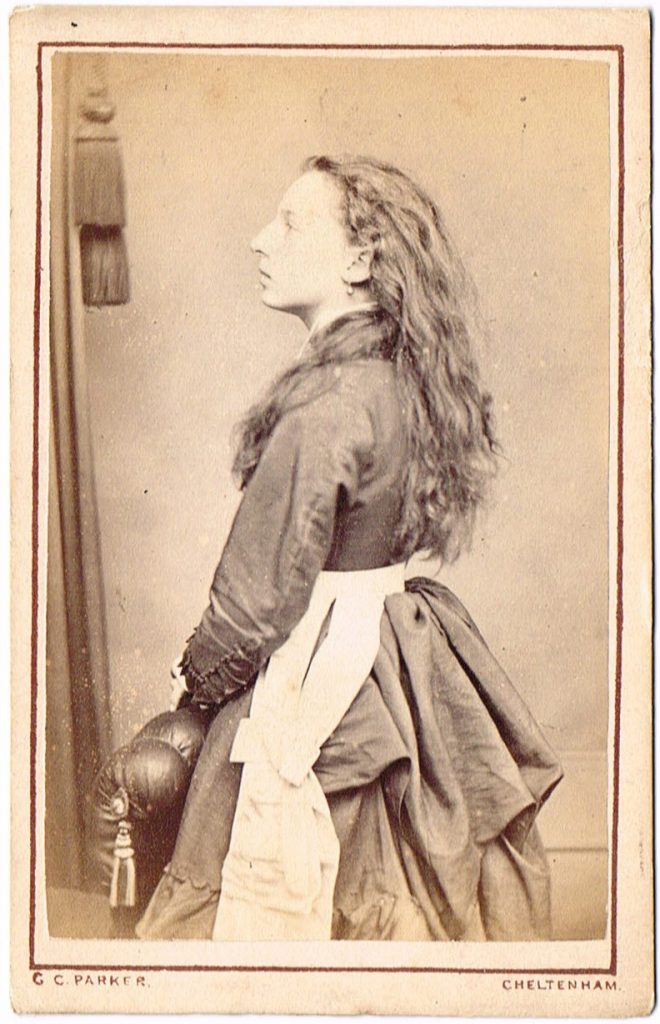

Juliana Charlotte McDonell (1802-82), daughter of the former Chaplain of St Thomas’s Chapel in Bombay and wife to Aeneas McDonell, came to live at Pittville House, Wellington Road when she and her family returned from India. read more…
William Fraser McDonell (1829–94) is one of only five civilians to have been awarded the Victoria Cross. He was born at Pittville House, Wellington Road… Read more about his life and his blue plaque here.
Sybil Fenton (‘Queenie’) Newall (1854-1929), champion archer and Olympic medallist, lived with her sisters at Ellingham House, Pittville Lawn, from 1899 until her death in 1929. read her entry in the Oxford Dictionary of National Biography (by permission).
William Lambert Newman (1834-1923), ancient historian and philosopher, and son of a Cheltenham solicitor, lived at 1 (now 29) Pittville Lawn from 1849 until his death in 1923. read his entry in the Oxford Dictionary of National Biography (by permission).
George Parker (1833-1907), Pittville photographer who lived at 2 Winchcombe Place (now rebuilt but approximately on the site of 21 Prestbury Road) and subsequently at 4 Portland Parade (now 43 Prestbury Road). For more about George Parker, and to see some examples of his work read more…
Charlotte Price (c1841–1910): poet, composer of the Cotswold Polka and contributor to Belgravia, of 4 Clarendon Villas (now 12 Pittville Lawn). read more…
George Schreiber (1794–1878) was one of the last surviving soldiers who fought at Waterloo: Roden House (now 23 Pittville Lawn). read more…
Edmund Selous (1857-1934), one of the founders of modern bird studies, lived at No 19 Clarence Square (formerly the home of explorer Charles Sturt) from 1901 until 1907, during which time he made field notes of the birds whose behaviour he observed in “Pittville Gardens”. read more…
Henry Seymour, lessee of the Pump Room from 1830-41: read about his involvement with the building of Marle Hill House (now The Grange) in Evesham Road, in “Henry Seymour’s Build-to-Let house in Evesham Road“.
Carlisle Spedding (1782–1872) was born in Whitehaven, Cumberland, and lived at 45 (formerly 6) Pittville Lawn from 1853 . He enjoyed a distinguished military career, serving in the Peninsula campaign with the 4th Dragoons. See his portrait here, and a letter written to him by one of his old Army friends.

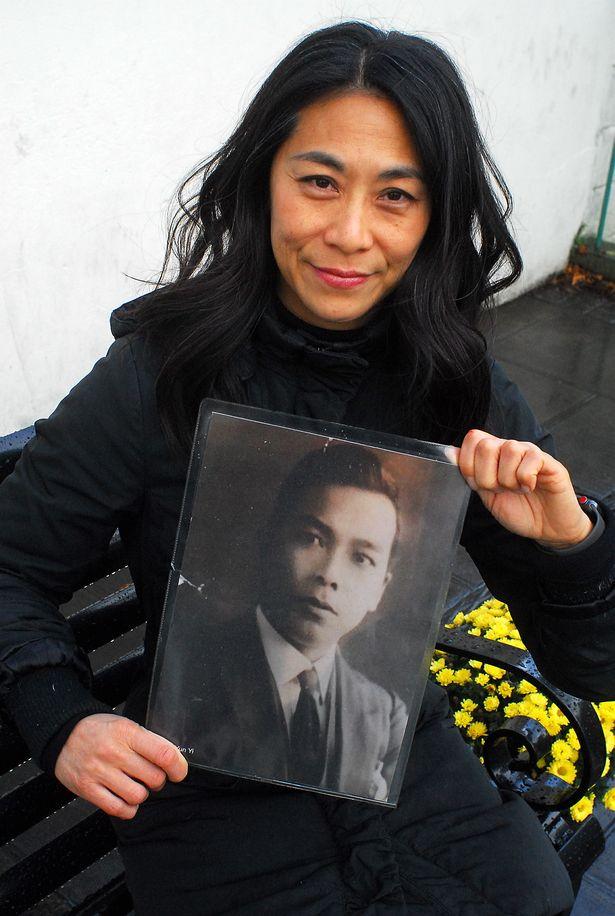
Robert Stokes (c1809–80) arrived in Cheltenham from Jamaica after studying at the Royal Academy in London. He lived in Pittville, and was Pitt’s principal architect in the early 1830s, before the two men fell out. Stokes eventually became a sheep-farmer, newspaperman, and finally politician in New Zealand. read more…
Charles Sturt (1795–1869) led a number of expeditions into the unexplored centre of Australia between 1828 and 1844. He retired to 19 Clarence Square, Pittville in 1863… read his entry in the Oxford Dictionary of National Biography (by permission), and for information about his commemorative plaque click here.
General Edward Charles Whinyates (1782-1865) lived at Dorset Villa, 83 Pittville Lawn, from 1858 and his death in 1865. He commanded a rocket troop at Waterloo. read more… In addition, read his entry in the Oxford Dictionary of National Biography (by permission). And find an image of General Whinyates here…
Soo Yow (1897-1980) lived at No 15 Pittville Lawn, and ran a Chinese laundry in Winchcombe Street from 1949 and a Chinese restaurant in Clarence Street (Ah Chow, now called The Mayflower) from 1958. read more…
General stories
“No Vote, No Census”: Pittville and Women’s Suffrage, by Sue Jones
(see also Sue’s article on Florence Earengey)
Blue plaques and other commemorative plaques in Pittville
Retirement from the East Indies – in Pittville